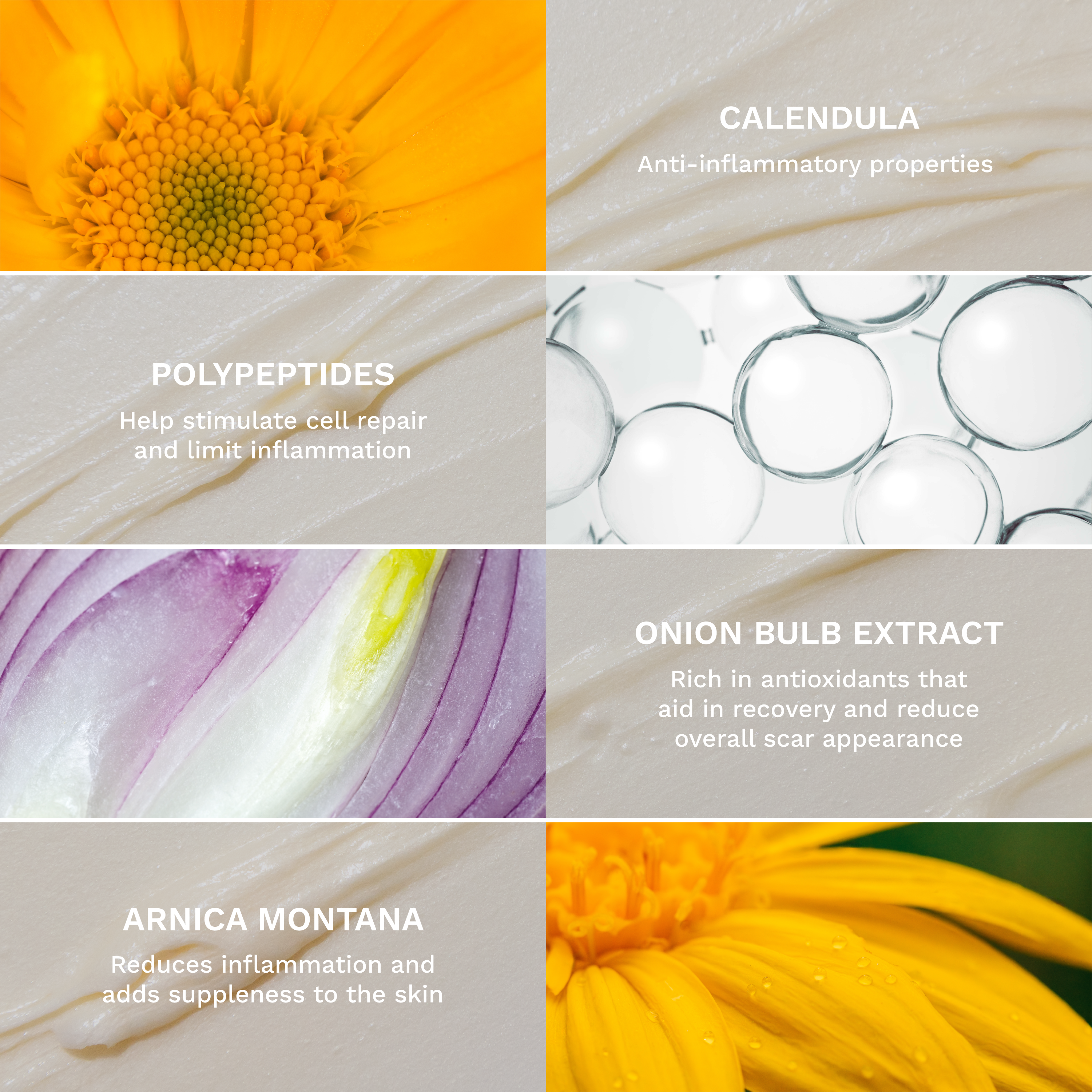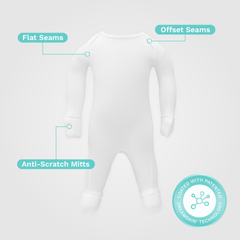Did you know that August is National Psoriasis Month? This is a time dedicated to raising awareness about psoriasis, a chronic skin condition that affects millions of people worldwide. Today we’re going to chat about five psoriasis symptoms and answer the question “what does psoriasis look like?” We’ll also chat about what causes psoriasis and what can be done to treat it. Let’s get started.
What Does Psoriasis Look Like? The 5 Signs of Psoriasis:
As far as what causes psoriasis, doctors aren’t one hundred percent sure yet. Theories suggest that it’s due to an immunodeficiency with a genetic component, since infections, cold, and stress can trigger symptoms. If you have any of the following signs of psoriasis, seek out a dermatologist for help.
Red, Raised Patches of Skin
One of the most characteristic signs of psoriasis is the presence of red, raised patches of skin. These patches, known as plaques, are usually covered with a silvery-white or grayish scale. They can appear anywhere on the body but are commonly found on the elbows, knees, scalp, and lower back.
Note: Unlike eczema, which often appears as dry, scaly patches, psoriasis plaques have a distinct thickening and raised appearance. Eczema and psoriasis can look similar but are completely different skin conditions.
Itchy and Irritated Skin
Psoriasis is often accompanied by intense itching and irritation. The affected areas may feel dry, tight, and sore. Scratching the plaques can worsen the condition, leading to potential bleeding and discomfort. Although itching is a symptom common to many skin conditions, the severity and persistence of itchiness, especially when coupled with other signs, may tip you off that it’s psoriasis.
Nail Changes
As we mentioned above, psoriasis can also affect the nails, causing several obvious changes. Nail pitting is a common sign, where small depressions or indentations develop on the surface of the nails. Additionally, the nails may become thickened, discolored, and even separate from the nail bed, which, of course, can be incredibly painful.
Joint Pain and Swelling
In some cases, psoriasis is accompanied by joint inflammation, a condition known as “psoriatic arthritis.” If you experience joint pain, stiffness, or swelling alongside the typical skin symptoms, it could be a sign of psoriatic arthritis.
Note: Seeking medical evaluation is crucial to prevent further joint damage.
Scalp Psoriasis
Additionally, psoriasis tends to affect the scalp, leading to a condition known as “scalp psoriasis.” Common symptoms include redness, scaling, and flaking of the scalp, similar to dandruff. Scalp psoriasis can extend beyond the hairline and may cause itching or a burning sensation.
Can You Treat Psoriasis?
Since we aren’t exactly sure what causes psoriasis, this makes it hard to treat. Doctors tend to take a management approach, where they will do their best to reduce your symptoms and make life more comfortable for you. You can take a peek at these strategies in our previous blog, 8 Tips For Managing Your Psoriasis.
Since the leading theory around psoriasis is that it’s an immunodeficiency disorder, topical creams are likely not enough to heal psoriasis. However, they might be able to help curb some of the more uncomfortable symptoms, like itchiness & inflammation.
Here at Rejuvaskin, we created our Skin Recovery Cream with radiation patients in mind. However, in the end, we ended up creating a fantastic, multi-use cream for damaged, irritated skin. Since our cream is gentle and non-steroidal, you can try it on your psoriasis plaques in conjunction with whatever creams your dermatologist recommends.

























Leave a comment